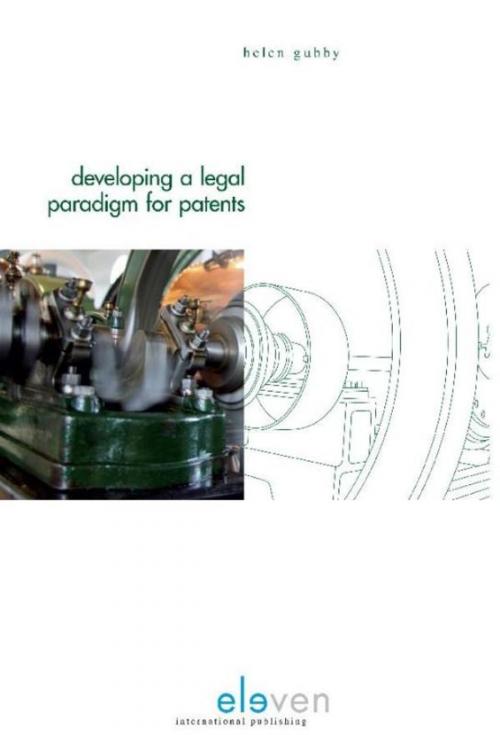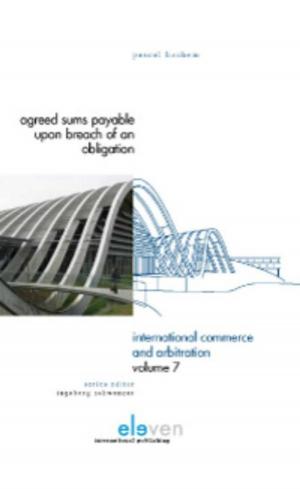| Author: | Helen Gubby | ISBN: | 9789460944758 |
| Publisher: | Boom uitgevers Den Haag | Publication: | February 14, 2012 |
| Imprint: | Eleven international publishing | Language: | English |
| Author: | Helen Gubby |
| ISBN: | 9789460944758 |
| Publisher: | Boom uitgevers Den Haag |
| Publication: | February 14, 2012 |
| Imprint: | Eleven international publishing |
| Language: | English |
For centuries, courts of law have been faced with the problem of determining what type of innovation is an appropriate subject matter for a patent. With each technical advance, the question of what is, and what is not, patentable must once again be determined by the courts. This book traces the development of a legal structure for patents for invention during the earlier phase of the Industrial Revolution in England (1750s-1830s). The study charts the development of patent law by examining judicial decision-making in patent disputes in the late eighteenth-early nineteenth century. Its focus is on the attitude of judges to patents. It examines what factors judges may have taken into account in reaching their decisions and how these factors may have affected the moulding of the legal concepts of patent law. The type of technology at issue may have changed since the eighteenth century, but the legal discussions these developments have engendered show some remarkable similarities to the discussions that were taking place in the courts during the Industrial Revolution. In the final chapter, the author sets out recent legal discussions on the patentability of software. This book will not fail to be of interest to anyone dealing with patent law and innovation.
For centuries, courts of law have been faced with the problem of determining what type of innovation is an appropriate subject matter for a patent. With each technical advance, the question of what is, and what is not, patentable must once again be determined by the courts. This book traces the development of a legal structure for patents for invention during the earlier phase of the Industrial Revolution in England (1750s-1830s). The study charts the development of patent law by examining judicial decision-making in patent disputes in the late eighteenth-early nineteenth century. Its focus is on the attitude of judges to patents. It examines what factors judges may have taken into account in reaching their decisions and how these factors may have affected the moulding of the legal concepts of patent law. The type of technology at issue may have changed since the eighteenth century, but the legal discussions these developments have engendered show some remarkable similarities to the discussions that were taking place in the courts during the Industrial Revolution. In the final chapter, the author sets out recent legal discussions on the patentability of software. This book will not fail to be of interest to anyone dealing with patent law and innovation.















